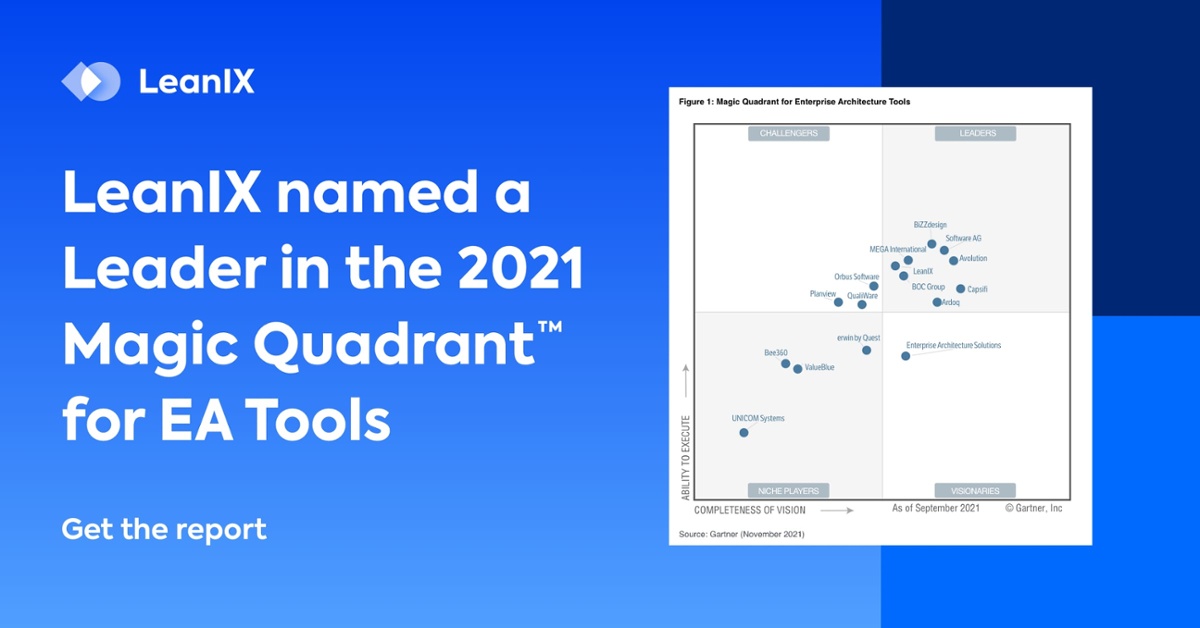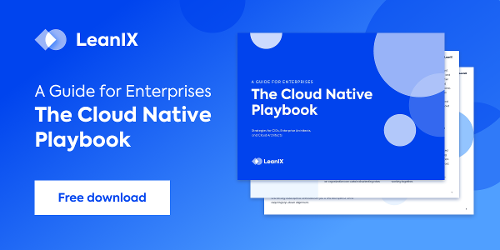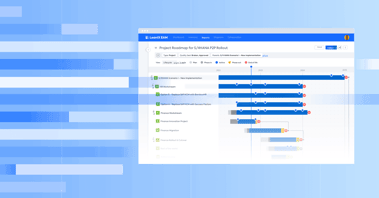
Cloud transformation was once considered cutting-edge, but it's quickly becoming a competitive necessity for organizations across all industries. We offer an easy five-step guide to making your cloud transformation a success.
In its 2021 press release, Gartner says cloud will be the centerpiece of new digital experiences going forward. They predict that 85% of all companies will be operating with cloud-first principles by 2025, and 91% of workloads will be cloud-native by the same year.
It's no surprise, as cloud transformation has various benefits:
- greater agility
- scalability
- higher data storage capacity
- faster time to value on strategic projects
- greater collaboration across teams
- reduced downtime
- unified data visibility
- protection from physical risk to on-premise servers
Yet, along with the positives, there's a lot of hesitation regarding a move to the cloud. Cyber security is the primary worry of IT leaders, but underlying that, there's the daunting prospect of migrating your entire tech stack, regardless of where it's going. This is particularly true for large enterprises with complex infrastructures.
To succeed, you'll need to be certain you take the right steps and confirm you've done everything you can to avoid downtime and lost data. That's where a best-practice cloud transformation guide can assuage concerns.
Below, we’ll walk through five actionable steps you can take to develop and execute a cloud transformation that delivers real business results.
Cloud Transformation Step 1: Assess Your Application Portfolio
We recently wrote about the need for enterprise architecture management (EAM) to move forward from its traditional state into EAM-as-a-service by collaborating with the business to drive value.
The Future Of Enterprise Architecture: IT or Business?
As such, your first step in your cloud transformation should be identifying and documenting the business owner of each of your applications. This may be more challenging than it first seems, as the organic growth of your tech stack and labor turnover can leave many applications unmanaged, and you may need to agree and assign owners as well as identify them.
However, once established, this list of owners will immediately form the beginnings of your transformation team. Working with this team, you can begin documenting what comprises your tech stack, as well as:
- version
- lifecycle stage
- hosting type
- technical fit
- functional fit
- business criticality
You can then start organizing these using the TIME methodology:
Tolerate — leave the application in its current state. For example, it may be ending its lifecycle soon, so will need to be replaced and is not worth migrating.
Invest — the application will need additional budget to get into a fit state for migration
Migrate — the application is ready for migration
Eliminate — the application is no longer needed
Once you have this information gathered into a repository with clear goals in mind, you can use it to form your migration strategy and roadmap. The easiest way to collate the information is through the LeanIX enterprise architecture management platform.
Our EAM platform acts as a single source of truth that anyone in your organization can access, visualize, and contribute to. It will even automate the process of sending out surveys to your team to gather the data.
To find out more, book a demo:
Cloud Transformation Step 2: Evaluate The Cloud Readiness Of Your Applications
Once you know your current state, you can begin to plan for cloud transformation. Your first choice will be which of your applications you intend to migrate and what cloud service you will migrate them to.
Use your TIME categorization as a starting place, but begin to delve further into the details. The LeanIX enterprise application management platform (EAM) comes with pre-defined, best-practice matrix reports and data-flow diagrams to assess dependencies.
Our platform also includes an integration with CAST Highlight. This can be used to assess the cloud readiness of your applications.
Cloud Transformation Step 3: Identify Best Migration Candidates
Using this information, you can apply the Amazon 6 R Strategies for Migrating Applications to the Cloud (essentially, a more detailed version of TIME) to decide on actions for each application:
Rehost — 'lift and shift' to a new service or licensing model
Replatform — change specific elements to meet cloud requirements
Re-architect — rework applications to make them cloud-native
Replace — switch to a new service and licensing model
Retain — leave the application in its current state
Retire — eliminate the application
Using this methodology you can determine exactly which applications you will migrate and which you won't. You can then map out a priority matrix for cloud transformation based on business need and ease of migration.
Cloud Transformation Step 4: Develop A Migration Roadmap
The next step in your cloud transformation is to roadmap out the timescales for migration based on your prioritization matrix. We've written before about digital transformation roadmaps and how to build one that works for you, and working out timescales is vital for success.
Digital transformation roadmaps: how to build one that works for you
It's key to make sure your roadmap is detailed, visible, and accessible to everyone across your organization for transparency and optimum collaboration. The easiest way to do that is to use the roadmapping function within the LeanIX enterprise application management platform (EAM).
Cloud Transformation Step 5: Power Your Cloud Transformation With The Right Tools
We've discussed above how the LeanIX enterprise application management (EAM) platform helps you at every stage of your cloud transformation and that's not a co-incidence. We built it with this in mind.
As such, it's no wonder our users see fantastic results:
- 80% faster decision-making and project approval
- 75% reduction in the time spent collecting data from business stakeholders
- 20% lower application costs following migration
- 80% lower carbon footprint from retired applications
Don't just take our word for it, though. Book a demo and see for yourself:





.png?width=140&height=107&name=BTMPlaybook-FI%20(1).png)

